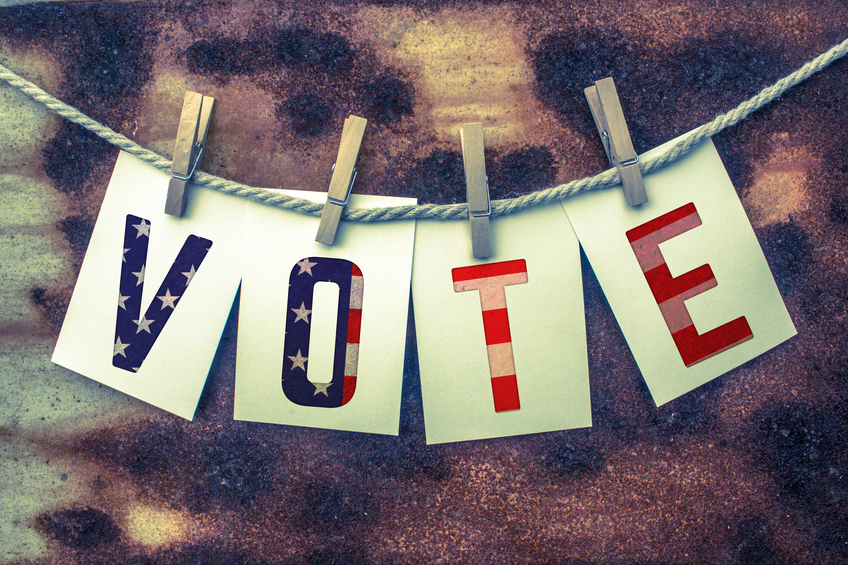
With Election Day approaching, people around the country getting ready to cast their votes and have plans to make it to the polls on November 8th. And, while many voters will in fact submit ballots on the actual Election Day, over 22 million people have already voted. That’s a record number in several states and it includes early voters, absentee ballots, military ballots, and also expat ballots.
What’s an expat ballot?
When people live in another country but are U.S. citizens age 18 and over, they can still vote via an absentee ballot. In fact, the government has gone through great lengths to ensure expats can vote in elections. For example, according to the Federal Voting Assistance Program (FVAP), people living overseas now receive blank ballots electronically through their email or can even download ballots online. This makes the voting process very easy and convenient.
So, how many expats will be voting in the 2016 election? That number is up for debate as the government doesn’t keep strict tabs. Thanks to The Economist, we have a rough idea. The site reports that, “estimates range from 9m (the State Department) to 1m (the number of overseas tax filers, representing an estimated 2.1m people). The Federal Voter Assistance Program estimates 5.7m.”
If you don’t think these estimates are substantial, think again. Overseas voters carry more weight than you may think. As The Economist says, “Taking 5.7m would make American expatriates the 21st largest state, giving it seven members of the House of Representatives—the same as Colorado, Alabama, and Minnesota. It would grant the bloc nine electoral college votes (see chart). That would have been enough to swing the 2000 election.”
It’s clear to see that even though expats aren’t living in the U.S., they do have an influence on our country’s elections and should vote, just like all of us.
Are You a U.S. Citizen Living Abroad?
If so, you’ll be happy to know that the expat voting process consists of only two steps. First, you need to complete a Federal Post Card Application (FPCA) and send it to your state’s local election officials. By doing this, you’ll confirm your eligibility to vote and they’ll send you a blank absentee ballot. As we mentioned earlier, your ballot may be sent via email or you may be able to download it online.
The second step is completing the ballot and returning it by your state’s deadline. If you don’t receive a ballot within 30 days, you can also vote by using an emergency Federal Write-In Absentee Ballot. The entire process is really quite easy, but if you have additional questions, the U.S. Passports & International Travel website is an excellent resource. We also enjoyed this Wall Street Journal article by Ginanne Brownell Mitic which provides a great deal of helpful information.

